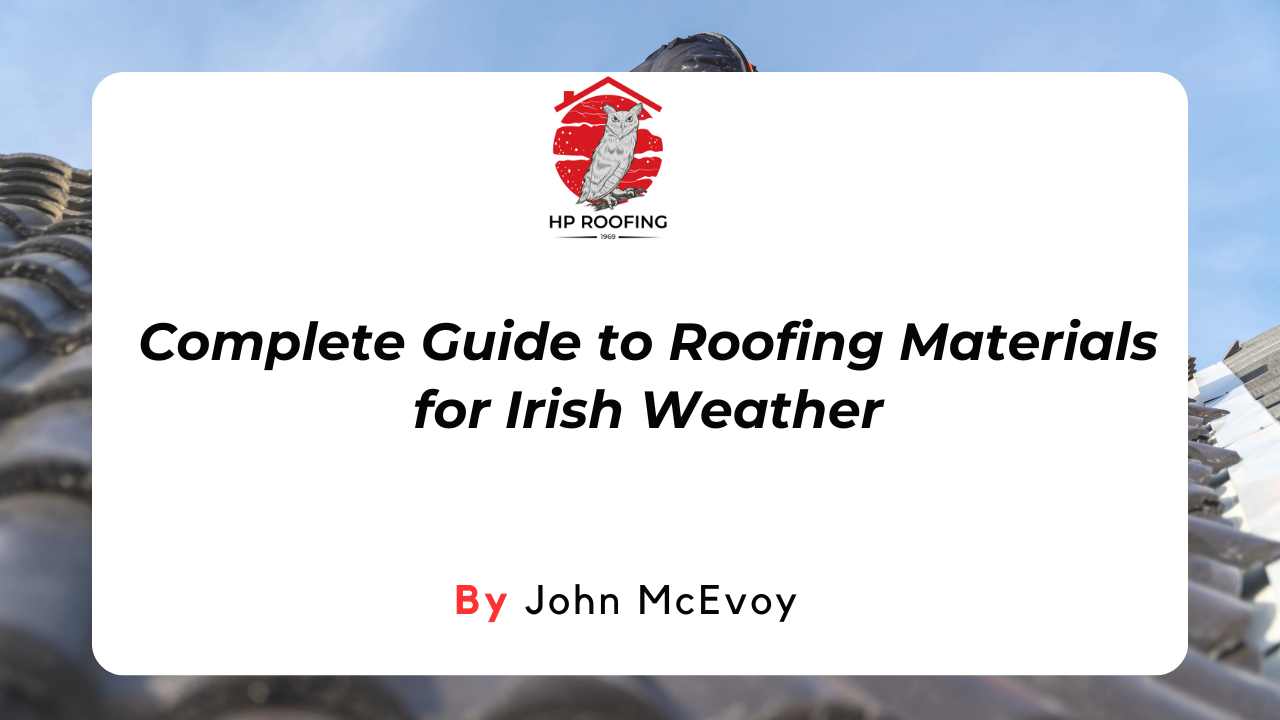Are you looking for the life span of commercial roofs? Understanding the lifespan of commercial roofing is crucial for any business owner or property manager. Knowing how long your roof might last helps in planning for maintenance, budgeting for future replacements, and optimising the overall performance of the roof throughout its life.
Different factors such as materials used, installation quality, and environmental conditions can significantly affect how long your commercial roof will hold up. With this knowledge, you can make informed decisions to protect your investment and ensure your property remains safe and functional.
In this blog, we will help you to discover key factors that determine the lifespan of commercial roofs and how you can extend it. Learn various roof types with their life span.
Let’s start by exploring these factors in detail to better understand what to expect from your commercial roof's lifespan.
What Are the Factors that Affect the Lifespan of a Commercial Roof?
Understanding these factors can help you understand potential issues and implement strategies to extend your roof’s life.
Keeping these considerations in mind will allow you to maintain your commercial roof effectively and maximise its lifespan.
Roofing material
The choice of roofing material is crucial in determining the lifespan of a commercial roof. For instance, metal roofs are known for their durability, typically lasting between 40 to 70 years.
In contrast, single-ply membranes like TPO or PVC generally offer a lifespan of 20 to 30 years. Each material comes with its own set of strengths and weaknesses in terms of weather resistance, wear and tear, and maintenance needs.
Installation quality
The quality of installation plays a significant role in the longevity of a roof. A roof that is properly installed by experienced professionals is less likely to have issues that could lead to premature failures, such as leaks or structural damages.
On the other hand, poor installation can lead to numerous problems, significantly reducing the roof's expected lifespan and increasing the likelihood of costly repairs.
Climate and environmental conditions
Environmental factors have a profound impact on the lifespan of a commercial roof. For example, roofs in areas with harsh weather conditions like frequent storms, heavy rainfall, or extreme temperatures are subject to more stress and potential damage.
Continuous exposure to UV rays can degrade roofing materials over time, while snow and ice can cause physical stress and water damage.
Regular maintenance and inspections
Consistent maintenance and routine inspections are essential to extend the life of a commercial roof. These checks help identify and address minor issues before they become major problems.
Maintenance tasks might include cleaning, debris removal, and repair of minor damages like cracks or splits, which helps preserve the roof’s integrity over time.
Roof design and structure
The design and structural aspects of a roof, such as its slope or pitch, also influence its durability. Flat roofs gather water unless properly designed with adequate drainage, which can lead to water damage and leaks.
A well-designed roof with effective drainage systems will generally last longer and perform better.
What is the Average Lifespan of Different Types of Commercial Roofs?
Understanding the average lifespan of various commercial roofing materials can help property owners make informed decisions about which type is best suited for their needs. Here’s a list of the most common materials:
Metal roofing
Metal roofs are highly durable and can last anywhere from 40 to 70 years, depending on the type of metal used and maintenance practices.
Common materials include aluminium, steel, copper, and zinc, each offering robust protection against the elements, including resistance to high winds, fire, and impact.
Single-ply membranes
Single-ply membranes, such as TPO, PVC, and EPDM, typically offer a lifespan of 20 to 30 years.
These materials are popular for their flexibility, resistance to UV rays, and chemical stability, making them suitable for various commercial applications.
Built-up roofing (BUR)
Built-Up Roofing systems have been used for over a century and consist of multiple layers of bitumen and reinforcing fabrics.
These roofs can last 20-30 years with proper installation and maintenance. Their layered structure provides excellent waterproofing capabilities.
Modified bitumen
Similar to BUR, modified bitumen roofs use enhancements for greater flexibility and temperature resistance. Generally, these roofs can be expected to last between 15-30 years with regular maintenance and care.
Each of these roofing types offers different benefits and lifespans, which are crucial to consider when planning for a new roof installation or maintenance of an existing one.
Knowing the expected lifespan can also aid in budgeting for future repairs and replacements.
How to Extend the Lifespan of Your Commercial Roof?
Maintaining the integrity and longevity of your commercial roof is crucial to avoid costly repairs and replacements.
Here’s how you can extend the life of your roof through proper care and proactive measures.
Regular inspections
Routine inspections are essential for catching potential issues early. Experts recommend inspecting your commercial roof at least twice a year, typically in spring and fall, as well as after major weather events.
These inspections can identify small problems such as cracks, leaks, or pooled water before they escalate into more significant damage.
Timely repairs
If inspections reveal any issues, addressing them quickly is crucial. Small problems like leaks or punctures can quickly become more extensive concerns if left unattended.
Ensuring that repairs are carried out efficiently and effectively not only protects the building but also prevents the deterioration of the roofing materials over time.
Proper drainage
Good drainage is vital to prevent water accumulation on your roof, which can cause leaks and structural damage over time. Ensure that your gutters, downspouts, and drains are clean and free from obstructions.
Regularly clearing debris and considering improvements to the drainage system can significantly impact the roof's health and longevity.
Apply protective coatings
Protective coatings can significantly extend the life of your roof by providing an extra layer of protection against UV rays, weather conditions, and physical wear.
These coatings can also improve the roof’s reflective properties, helping to manage building temperatures and reduce energy costs.
Mindful equipment installation
Finally, any installation of equipment on the roof should be handled with care to avoid unnecessary damage.
Ensure that all installations are done by professionals and regularly check these areas during inspections to mitigate any potential issues from equipment weight or installation faults.
By following these guidelines, you can enhance the durability and functionality of your commercial roof, ensuring it serves its purpose well beyond the expected lifespan.
Conclusion
We've covered key factors that influence durability, from material choice and climate impact to maintenance practices. Understanding these elements is crucial for maximising the longevity of your roof and ensuring it continues to protect your property efficiently. Remember, the lifespan of your commercial roof can vary widely based on how well it is installed, maintained, and the materials used.
If you're looking to assess, maintain, or replace your commercial roof, contact HP Roofing today. Our experts are ready to help you extend the life of your roof and ensure it meets your business needs effectively.
















